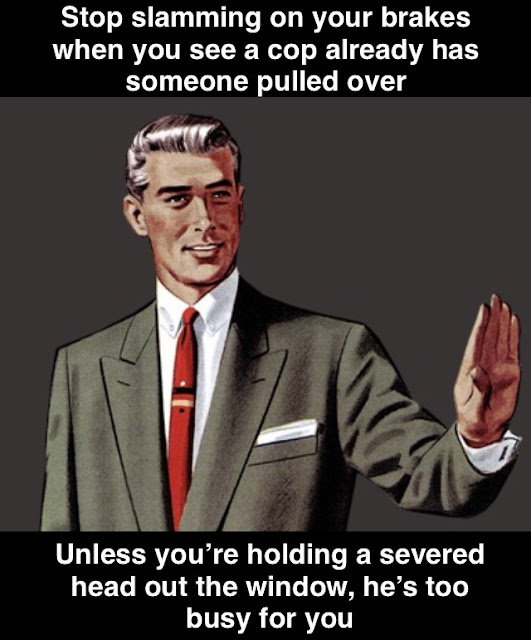
The entire State of Missouri can rest much easier now. The ATF has made the Show-Me State a much safer place. Two rule breakers from small Missouri towns were indicted by a federal grand jury last week. Their crimes? They’re accused of selling guns without a federal license. Their ages? One was 75 and the other was 81 years old.
This, friends, is not a sick joke. The ATF actually publicized the arrests in a press release, which was sent out last week.
“According to an indictment returned this week, Aubrey Foxworthy, 81, of California, Missouri, was charged with dealing firearms in Morgan and Moniteau Counties from approximately June 2, 2023, through September 9, 2024.
He did not have a federal firearms license to deal firearms. Foxworthy was also charged with possession of a rifle with a barrel length less than 16 inches and that rifle was not registered to him in the National Firearms Registration and Transfer Record,” the press release states.
“According to an indictment returned this week, Philip Leroy Rains, 75, of Popular Bluff, Missouri, was charged with dealing firearms in Morgan County from approximately April 1, 2023, through April 4, 2024. He did not have a federal firearms license to deal firearms.”
Each man now faces five years in a federal prison and fines of up to a quarter-million dollars for the no-FFL charges, but Foxworthy faces an additional 10 years in prison and fines of up to $10,000 for whatever the ATF considered an unregistered short-barreled rifle.
Nowadays this could be a legal firearm with a brace. Unfortunately, if things go the ATF’s way, Foxworthy could leave federal prison in 2040 at the ripe age of 96.
Foxworthy could lose a lot more than just his freedom. According to his indictment, the ATF also ordered him to turn over all of his guns, and the 81-year-old had a decent collection.
The ATF wants 197 of Foxworthy’s personal firearms, according to a list attached to his indictment. The guns are about what you’d expect a lifelong gun owner to have in his safe.
Almost all are American made: Ruger, Colt, Winchester, Savage, Browning, Remington, Marlin, Mossberg, Henry and Smith & Wesson. The ATF also wants Foxworthy’s ammunition, and the list claims he had more than 16,000 rounds.
Because the ATF prepared the list, there are four firearms identified as “machineguns,” but the type, manufacturer and calibers are listed as “unknown.” Also, Foxworthy was not charged with the illegal possession of any machineguns. This makes sense in a sick way, because experience has shown when the ATF can’t identify a firearm, they usually just consider it a machinegun.
The list also shows that Foxworthy owned a dozen Winchester Model 94 rifles. The serial number of one rifle shows it was manufactured before 1896. Depriving the man of that rifle is a sin, especially since it will likely be kept or even resold by some nameless ATF agent.
Calls to Foxworthy’s defense attorney were not returned.
Takeaways
Who hasn’t seen an old man at a flea market with a couple guns for sale either on a folding table or laying on a blanket in the bed of his pickup?
It’s classic Americana, right? There is certainly no crime or criminal intent.
Unfortunately, Joe Biden robbed us of this for a few years. Biden’s “engaged in the business” rule required anyone who made a profit on a single gun sale to obtain a federal firearm license.
“Under this regulation, it will not matter if guns are sold on the internet, at a gun show, or at a brick-and-mortar store: if you sell guns predominantly to earn a profit, you must be licensed, and you must conduct background checks,” former Attorney General Merrick B. Garland announced about a year ago.
The press release shows that both arrestees’ alleged law-breaking occurred while Biden was napping at the White House. Besides, it was easier for the ATF. Their agents are much less likely to be shot or scared if they harass a couple old men, rather than going after big-city gangsters armed with full-auto Glocks with Glock switches.
Truth be known, Attorney General Pam Bondi or her staff should examine all of the ATF’s cases made during Biden’s term. Some were much worse than this one.
I certainly hope that whoever is actually in charge of the ATF today will take this into account and drop all charges against Messrs. Foxworthy and Rains.
The ATF has put each of them through enough. I hope that Foxworthy gets to keep his guns, too, especially the pre-1896 Model 94.
To do anything else would be a real crime.
The Second Amendment Foundation’s Investigative Journalism Project wouldn’t be possible without you. Click here to make a tax-deductible donation to support pro-gun stories like this.
 The U.S. Justice Department’s
The U.S. Justice Department’s 
